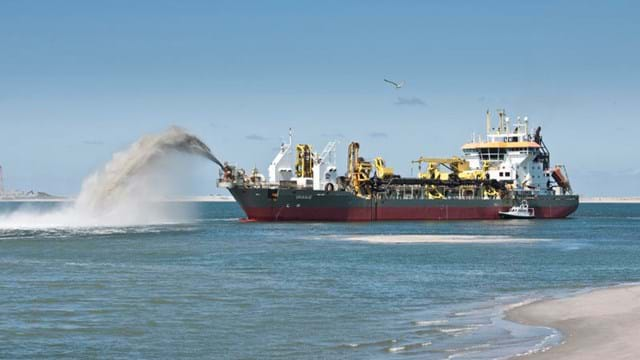Boskalis has been awarded a contract by Daewoo E&C for the dredging and reclamation of new land for Songdo International City on the waterfront of Incheon, South Korea. The total value of the contract amounts to approximately EUR 80 million.
The project consists of reclamation of new land which will be used for residential and commercial developments in Songdo, Incheon. This will be achieved through the hydraulic fill of around 23 million m3 of sand. The sand will be sourced from the navigation channels approaching the existing and new Ports of Incheon. Trailing suction hopper dredger Oranje has been deployed to South Korea to undertake the works, which are scheduled to be completed by late 2014. Boskalis’ strategy is aimed at benefitting from key macro-economic factors which drive worldwide demand in our markets: expansion of the global economy, increase in energy consumption, global population growth and the challenges that go hand in hand with climate change. This projects closely relates to both the increasing global trade and global population growth.

